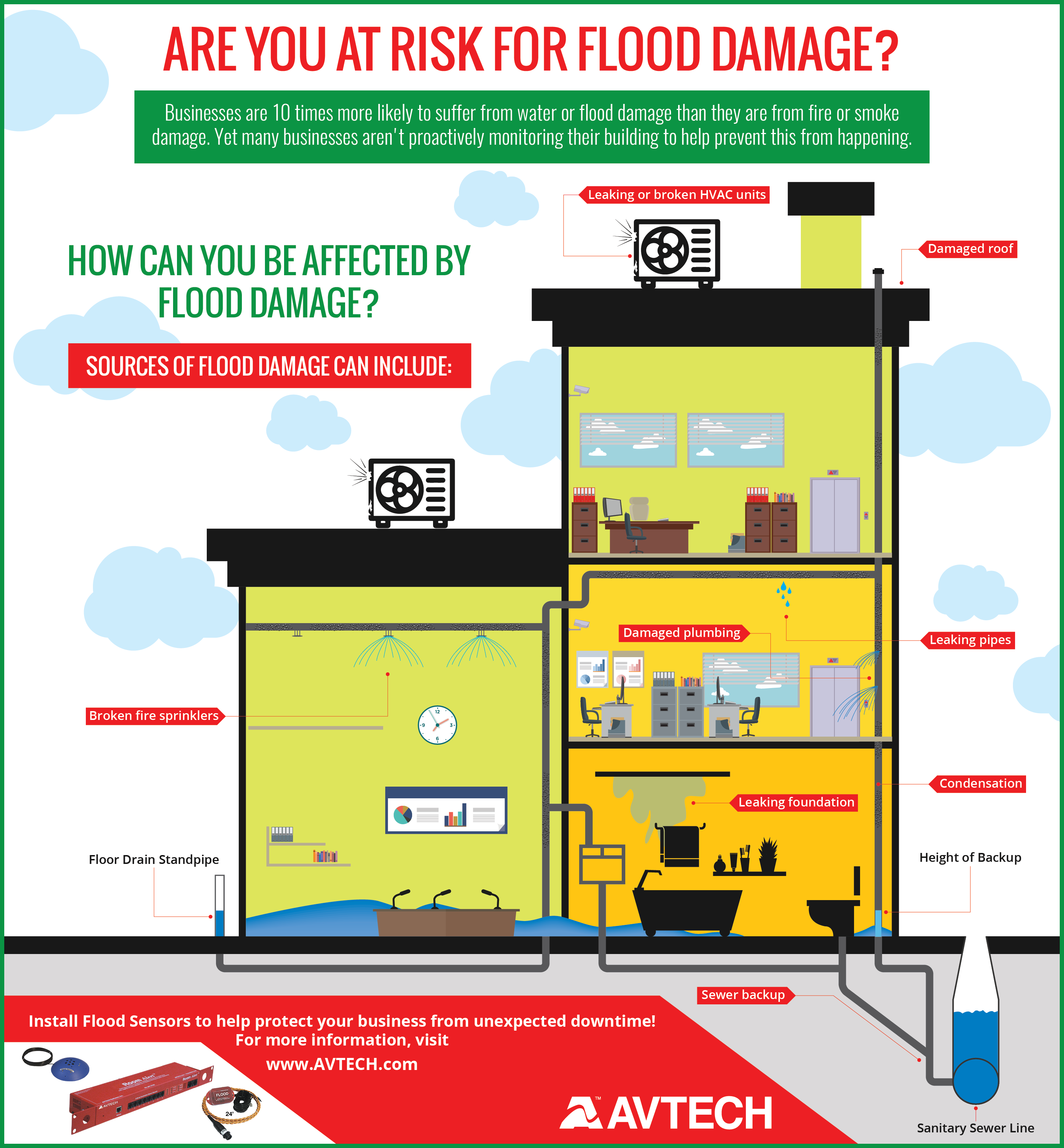Discover The Influence Of Different Weather On Your Roof Installment To Make Certain A Top Quality Job
Discover The Influence Of Different Weather On Your Roof Installment To Make Certain A Top Quality Job
Blog Article
Web Content Created By-Johannesen Donnelly
When it comes to roof covering installations, the weather can make or damage the work. Imagine the frustration of handling materials that won't comply because of severe warmth or fighting unsafe surface areas caused by unforeseen rainfall. Recognizing the influence of weather conditions on your roofing job is essential for an effective end result. So, allow's explore how different weather components can affect the quality and sturdiness of your roof covering setup, making sure a job well done.
Influence of Temperature on Roof Covering Installment
When it pertains to roofing installation, temperature plays a vital role in the process. The ideal temperature level for roof covering tasks commonly falls in between 45 and 85 levels Fahrenheit. Severe warm can trigger products like roof shingles to become also flexible, bring about prospective damages throughout setup. On the other hand, chilly temperatures can make materials weak and susceptible to fracturing. It is necessary to schedule roof covering installments during modest temperature levels to ensure the best result.
Throughout colder weather, service providers may need to take extra preventative measures such as utilizing warmed equipment or allowing materials to warm up prior to installment.
On san antonio tx roofing company , heat might require job to be done earlier or later in the day to stay clear of the peak temperature levels. By thinking about the temperature and its effects on roofing products, you can help guarantee an effective setup that will certainly hold up against the components for many years to come.
Impact of Precipitation on Roof Covering Projects
Roof tasks can be dramatically influenced by precipitation, influencing both the timeline and the top quality of the installment. Rainfall or snow can produce slippery conditions, making it unsafe for roofers to work on a damp surface area. In addition, dampness can jeopardize the adhesion of products like shingles or underlayment, leading to prospective leakages or problems in the future.
If it rains throughout a roof job, the water can permeate into at risk areas, causing delays as the installation staff need to wait for the roofing system to dry prior to proceeding. Extreme wetness can also promote the development of mold and mold, further endangering the honesty of the roof covering.
To avoid these problems, it's suggested to schedule roof covering tasks throughout drier seasons or monitor the weather report carefully to plan around any kind of potential rainstorms. By taking preventative measures to operate in desirable weather, you can make certain a smoother and more effective roofing setup procedure.
Influence of Wind Speed on Installation Success
Throughout roof covering installation, the rate of the wind plays a critical function in establishing the success of the job. High wind rates can posture substantial challenges to roofing professionals, possibly causing safety and security threats and high quality problems. When wind speeds exceed suggested limitations, it ends up being challenging to take care of materials, enhancing the danger of mishaps and damage to the roofing materials. Solid gusts can likewise affect the accuracy of dimensions and the accuracy needed for appropriate setup.
To make house gutter san antonio , it's necessary to keep track of and think about wind speeds. Ideally, roofing system installment ought to happen on days with low to modest wind rates. This not only boosts the security of the employees yet additionally improves the total quality of the installation.
Roofing tasks set up throughout tranquil climate condition are more probable to be completed efficiently and with fewer errors. By paying attention to wind speed projections and intending appropriately, you can assist make sure a smooth and successful roof covering installation procedure.
Conclusion
So, when it comes to roofing installation, remember to think about the weather to ensure an effective work. Optimal temperature levels, completely dry problems, and modest wind rates are vital aspects to focus on for a smooth setup procedure. By scheduling your project during the best periods and ideal weather, you can achieve a sturdy and durable roofing system that will certainly safeguard your home for many years to come.
